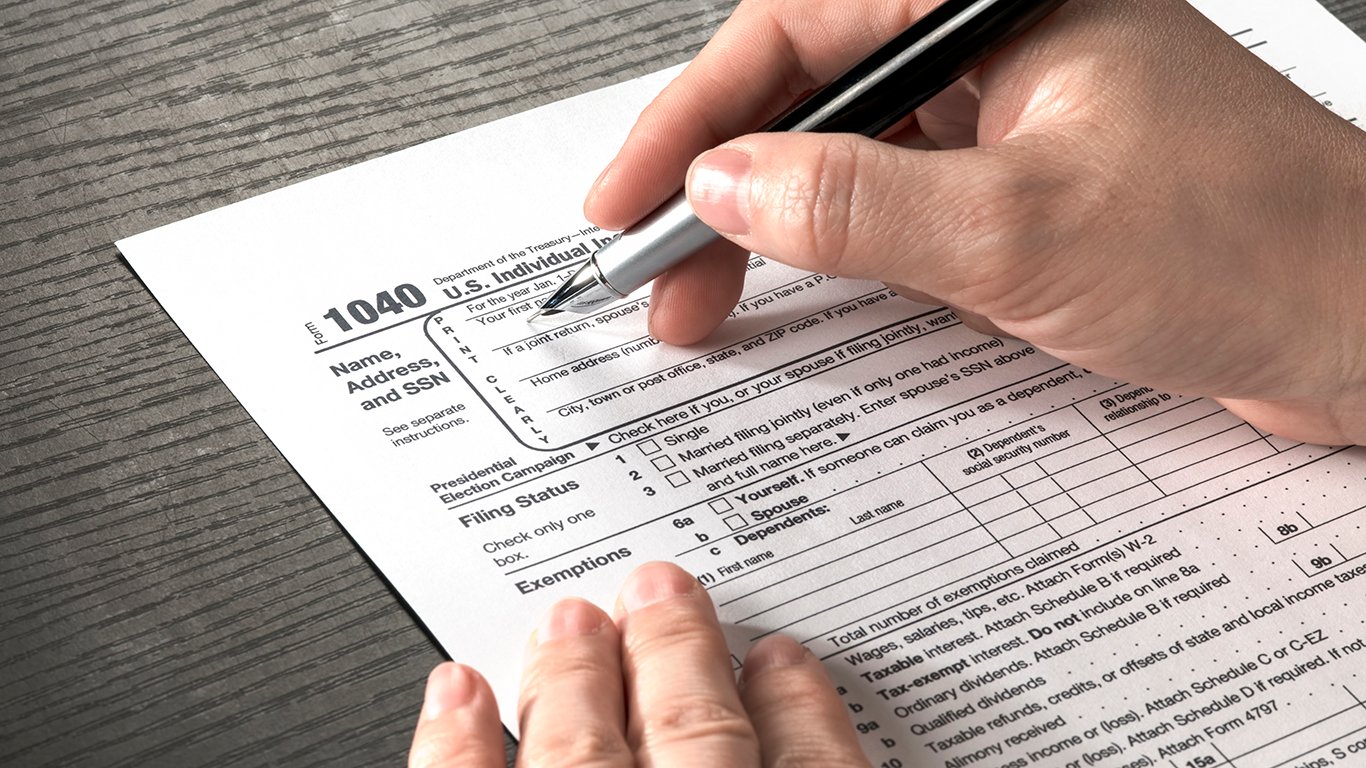

Americans have paid very high interest rates on credit cards for decades, and in many years the average has been over 15%. They set a 25-year record in May, at 17.14%, according to the Federal Reserve of Bank of St. Louis.
The interest rate level has soared since 2016 when it was below 14%, where it had been since card rates dropped in 2010. The St. Louis Fed’s FRED database keeps records back to May 1995.
Federal Reserve interest rate cuts have not been transferred to credit card holders at all. The Financial Times said in its report on the record-high interest rates that “US consumers are paying higher interest rates on their credit card balances than they have in more than a quarter-century, and the Federal Reserve’s rate cuts are no guarantee that they will receive much relief.”
Legislation measures to cap credit card rates have been back in the news recently. Senator Bernie Sanders (I-VT) and Representative Alexandria Ocasio-Cortez (D-NY) have proposed a cap of 15% on interest. They pointed out that financial firms brought in $180 billion in interest and fees on cars last year. Sanders has pushed for the cap since 2009.
The credit card industry’s primary reason for high rates is very simple. People default on credit cards fairly frequently. People may be especially likely to default if they use their cards for frivolous or ill-advised purchases. Here are 10 ways you should never use your credit card.
It is hard to tell how accurate that is because most banks and other lenders do not disclose the details of what they view, in this case, as “loans.” To bolster their argument, they say that have a way to get back money from other types of consumer loans; that is, those on homes and cars that have hard assets as collateral.
Another impact on credit card rates is, in theory, how good a customer’s credit rating is, which is an indication of the customer’s history of loan payment. It is, however, hard to find credit card rates that clearly take this into account. People who keep large balances in banks may be able to get lower rates on credit cards, as long as they are issued by the bank that has the deposits.
Credit card companies have made the additional argument that rates are not the only measure of how a card should be viewed. Many companies offer awards, which run from airline tickets to cashback options. With these factored in, they argue, the rates are not as high as they seem. The cardholder who has to make the payments may believe otherwise.
For the time being, banks can get rates above 17% simply because there is nothing to block them from moving the rates that high. If the trend that FRED shows continues, the rate will climb toward 18% as the year passes.
On average, Americans owe $6,354 on bank-issued credit cards. At the state level, average credit card debt per capita varies substantially. These are the states with the most credit card debt.
Take This Retirement Quiz To Get Matched With A Financial Advisor (Sponsored)
Take the quiz below to get matched with a financial advisor today.
Each advisor has been vetted by SmartAsset and is held to a fiduciary standard to act in your best interests.
Here’s how it works:
1. Answer SmartAsset advisor match quiz
2. Review your pre-screened matches at your leisure. Check out the
advisors’ profiles.
3. Speak with advisors at no cost to you. Have an introductory call on the phone or introduction in person and choose whom to work with in the future
Take the retirement quiz right here.
Thank you for reading! Have some feedback for us?
Contact the 24/7 Wall St. editorial team.



